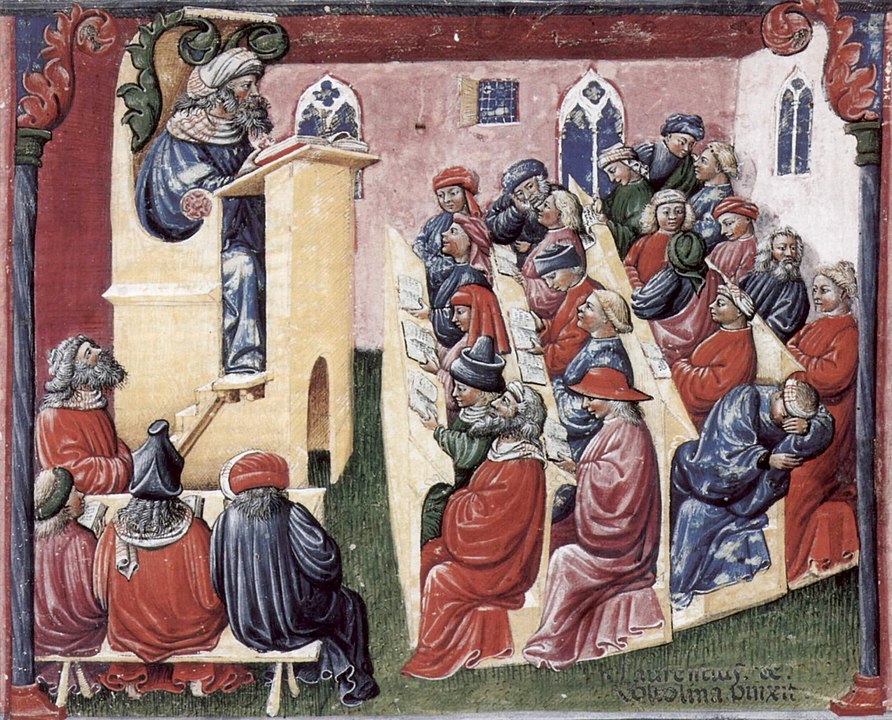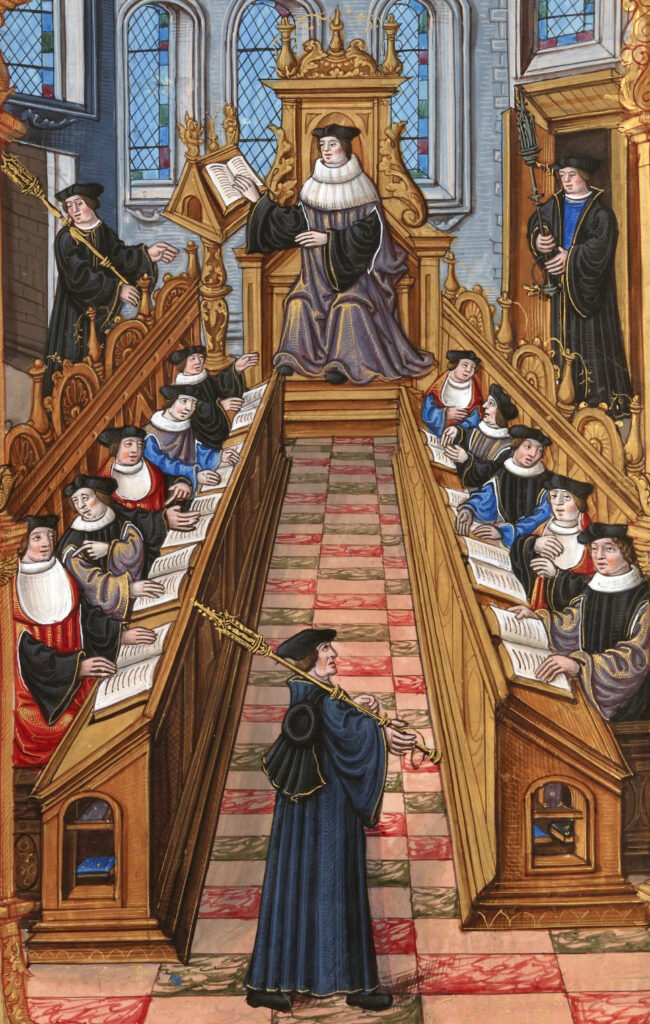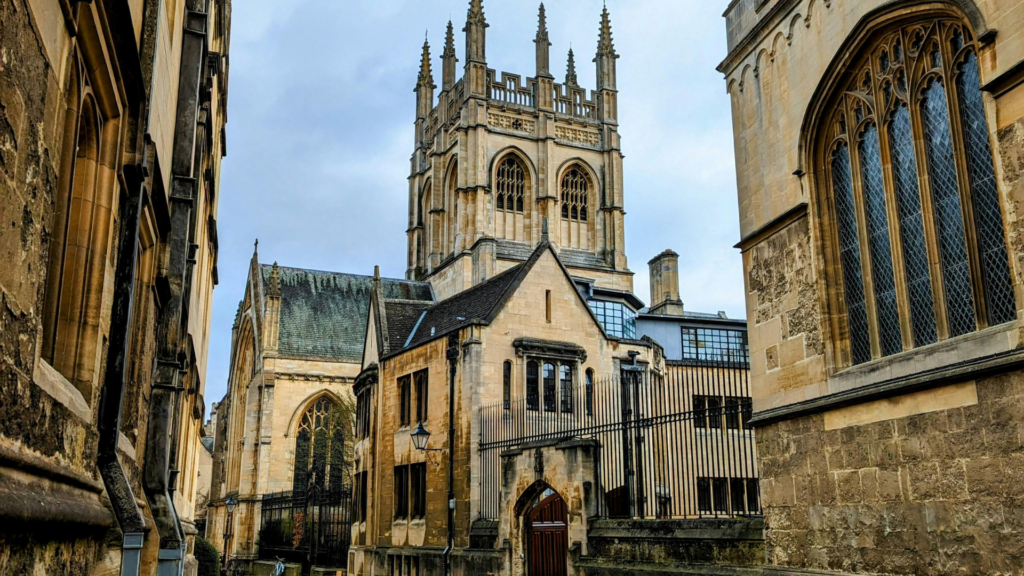 Foundation and Growth
Foundation and Growth
Medieval universities, established in the 12th and 13th centuries, were pivotal in the preservation and dissemination of knowledge. Institutions such as the University of Bologna, the University of Paris, and the University of Oxford became centers for learning and scholarship. These universities played a crucial role in preserving classical texts, including works by Aristotle, Plato, and Galen, by translating them from Greek and Arabic into Latin.
Scholastic Method and Curriculum
The scholastic method, which emphasized dialectical reasoning and critical analysis, dominated the curriculum of medieval universities. Scholars engaged in rigorous debates and commentary on classical texts, integrating them with Christian theology. This method of study promoted intellectual rigor and helped preserve and expand knowledge in fields such as philosophy, law, medicine, and theology.
Libraries and Manuscript Production
Medieval universities also established extensive libraries that housed valuable manuscripts. These libraries became repositories of knowledge, supporting scholarly research and teaching. The production of manuscripts, including the copying and illumination of texts, was a significant activity within universities. Scribes and scholars meticulously preserved and reproduced important works, ensuring their transmission to future generations.
Conclusion
Medieval universities played a fundamental role in preserving and advancing knowledge. Through their emphasis on critical scholarship, manuscript production, and the preservation of classical texts, they laid the foundation for intellectual developments in the later Middle Ages and the Renaissance.
 Rediscovery of Classical Texts
Rediscovery of Classical Texts Foundations of Scholastic Thought
Foundations of Scholastic Thought The Birth of Higher Education
The Birth of Higher Education